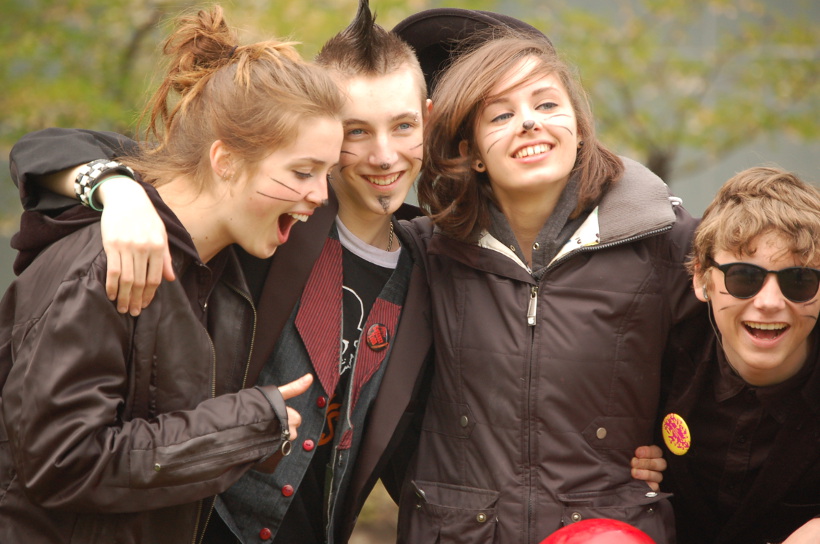Cabeza Vainilla, Cabeza Córdoba, Cabeza Chiapas
Arts Education, Social Studies
Sculpture Title:
Cabeza Vainilla, Cabeza Córdoba, Cabeza Chiapas
Learning Lens:
Approaches to Learning
Curriculum Access:
Art, Socials Studies, Social Justice
BIG IDEA:
The Making of Meaning
Guiding Question:
How does experience shape us?
Strategies and Approaches:
Critical thinking, Socratic questioning, informal assessment, brainstorming, prompting, experiential learning, writing, reflection, inquiry
Background for Students:
Mexican artist, Javier Marín’s work Cabeza Vainilla, Cabeza Cordoba, Cabeza Chiapas is comprised of three historical heads. The heroes are perhaps Conquistadors from the Age of Exploration, left to rest or be mused upon. In keeping with the artists’ intent, one can approach anything in life with the attitude of: “it all depends on how you look at it.” Are these historical figures heros? Discovering new lands, new resources, mapping new journeys, and bringing their new found knowledge to European countries? Or are these historical figures violators of indigenous culture or forces of assimilation? In order to analyze varying perspectives, the challenge in this lesson plan asks students to contemplate the varying accounts of events.
Informal Assessment:
In order to analyze varying perspectives, ensure students have the basic understandings around exploration, the conquistadors role during the Age of Exploration, the effects of Assimilation on Indigenous Culture, and the changing role of historical accounts over time.
Materials:
Pencil
Curricular Challenge:
1. Have students explore the related art mindfully. In order to do so, please conduct the following:
15-20 mins, Open/Reflect: Welcoming Multiple Interpretations
A. Students are encouraged to disengage from their recent experience and their busy surroundings to practice mindfulness.
B. Direct students to ‘mindfully’ (quietly/individually) explore the piece and develop their own interpretation. More information on mindfulness for the classroom can be found here.
C. Direct each student to share their interpretation of the piece without judgement.
D. Connect students’ individual interpretations to the background information provided above. The teacher can have students consider the following: how do the various responses differ? What is similar between and among the perspectives? How can perspectives change over time? What have you learned about differing perspectives? Can it shape writing (textbooks)?
2. At the site explain to students that no two people are identical, each of us, has a distinct perspective. Personal outlooks often have a different set of interests, experiences, and conditions that shape their view of the world. Provide students with a basic example (perhaps current event) of how varying explanations may make sense of events according to values, experiences, and perceptions of those involved.
3. Via Socratic questioning ask students to provide you with a background on the Age of Exploration. The following questions may be helpful: Why did Europeans set sail to find new lands? What were they in search of? What did they find? What happened to indigenous culture? How did perspectives of the time help facilitate this process? Do you think the Age of Exploration still continues today?
Debrief: Debrief the differences in historical accounts. Connect to the idea that there is always room for multiple interpretations towards a subject.
Creation: As a possible extension piece, have students examine various primary and secondary sources, such as photographs, political cartoons, letters, and so on.
